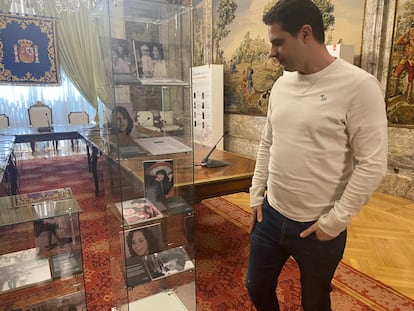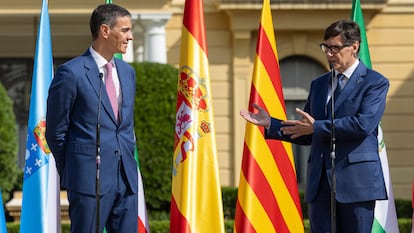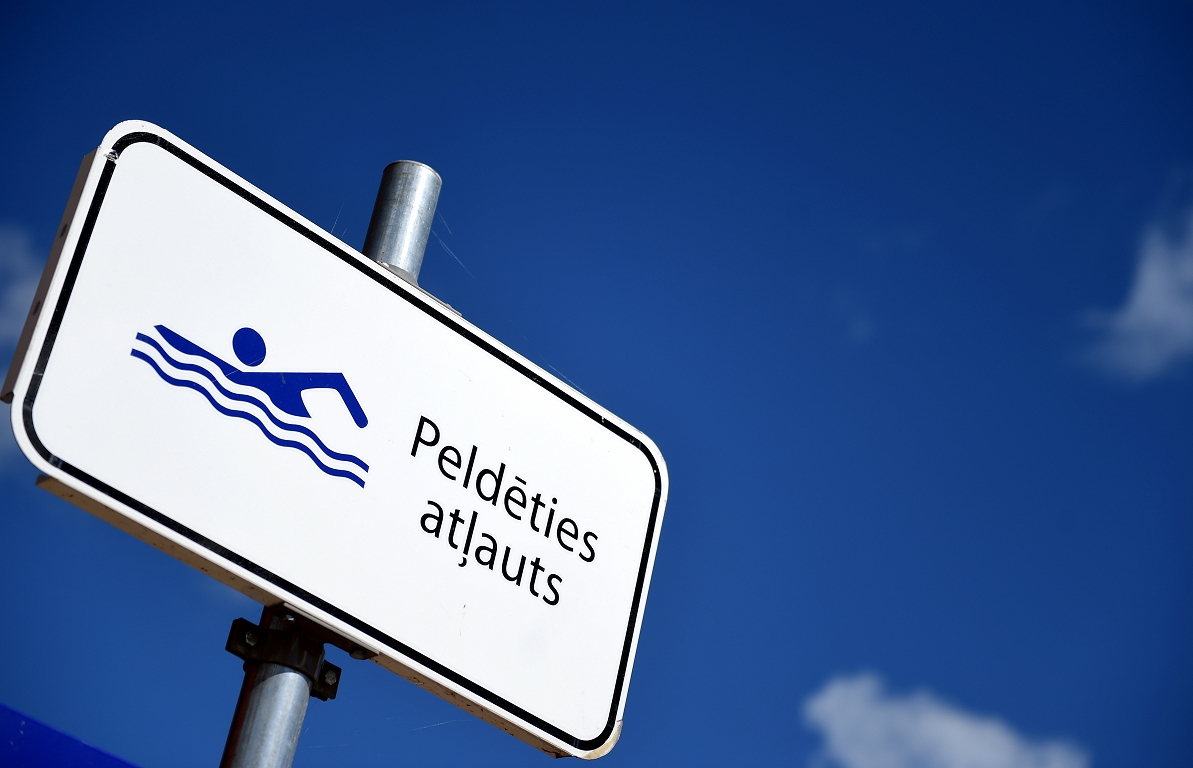The victims of the rest attack, the first jihadist cut: « We are the great forgotten » | Spain

He Attack with a bomb in The rest, A restaurant located near the Air Base of Torrejón de Ardoz (Madrid) in which 18 people were killed and another 84 were injured in 1985, it is the first jihadist court attack that Spain suffered and One of the great strangers. His research remains filed and there was no arrest. Next Saturday, April 12, 40 years of the event will be completed. Their victims feel like « the great forgotten » and regret that they were not paid until the early 2000s, when Islamist terrorism began to star in great attacks, such as those of 11-S in New York or 11-M in Madrid in 2004. Now, an exhibition in Madrid, organized by the Victims of Terrorism, pays tribute to both them and their relatives and remember what happened. “We do not know what objective the terrorists who threatened against The rest, Nor does it make a specular sense about it. It was the gloomy omen of the threat that hunched over Spain and on Europe in the future, ”said Interior Minister Fernando Grande-Marlaska, during the inauguration.
The restaurant The rest-the house of ribs, The first attack of Islamist terrorism in Spain directed against Spaniards and the third most serious that the country has suffered (18 deaths, after 11-M, with 192 dead, also Islamist, and that of ETA in the Hypercor of Barcelona in 1987, with 21). « We are the great forgotten and also without (having received) justice and that has an impact because the most important thing a human being has is life, » said Cristina, survivor of the terrorist attack in which she lost her husband, Arturo Rodríguez Pato, and her friend Mercedes Dresh. That night they went to dinner at the restaurant, very frequented by American soldiers, with the other couple. « I was hospitalized for a month, I was not able to process all that; it has been a matter of years, » he explained.
Víctor Pavón, also a survivor, was three years old on April 12, 1985, and also affects the abandonment of the victims. « It occurs in the 80s, it stops talking about the subject, and all those families who need at least psychological support or a follow -up do not have it until after 20 years (…) It is the first time I see victims of that, who put a face of relatives and people who were there and suffered the loss. »
That Friday night he saw his mother for the last time, who entered the business to see how long they were left to give them a table and took the opportunity to go to the bathroom. The bag containing the explosives was deposited near the entrance of the toilets. « I was in squatting and suddenly disappeared from there, I appeared further, bruised, with pain crying, the time that passed until my father picked me up I would not know how to say how much it was, but it made me eternal. I think I have dreamed several times. He put me in a ruined building to look for mom and took me out again. I know he went to his shoulders, but I have no memory of what he saw. Explain that you have little Flashesand has rebuilt part of what happened with what they have been telling him.
Pavón, who confesses nervously because it is the first time he speaks in public of what he lived, says that at his home he became a taboo to talk about what happened and trust that, despite the effort that costs him to remember him, he does well. He points out one of the photographs included in the exhibition in which his mother has him in his arms. His mother, María de la Cruz García, seamstress by profession, was 22 years old.
The exhibition is conceived as a tribute to the memory of the victims of a global phenomenon, jihadist terrorism, which since mediated the eighties of the last century has caused a total of 300 people killed by attacks committed in Spain or Spanish citizens killed in the attacks perpetrated abroad.
In addition to rebuilding the life of each of the victims of all of them, the exhibition contextualizes the attack in its time, when a year was missing for the celebration of the NATO referendum; Diplomatic relations with Israel were about to establish and the visit to Spain of the American president Ronald Reagan was approaching; Review the informative coverage of the event and subsequent information on the investigation. The Ministry of Interior, then directed by José Barrionuevo, only gave credibility to the two acronym that claimed him in the first 48 hours after the attack: the Islamic jihad, carried out from Beirut (Lebanon), and the WAAD organization. With the passage of time the claim of Islamic jihad.
The exhibition can be seen until April 30 in the Government Delegation, although for this you have to register on the website of the Victims of Terrorism. It has the photographic support of the EFE agency, in addition to other images assigned by the relatives of the victims, a Pódcast with testimonies of those affected and two audiovisual works of the RTVE file. « It is our modest, but sincere way of paying tribute, » said the president of the Victims of Terrorism, Juan Francisco Benito. « The defeat of all terrorisms begins when we face and claim the victims, » added Minister Marlaska.







:format(webp)/s3/static.nrc.nl/wp-content/uploads/2025/06/05163439/data133217982-f902a2.jpg)